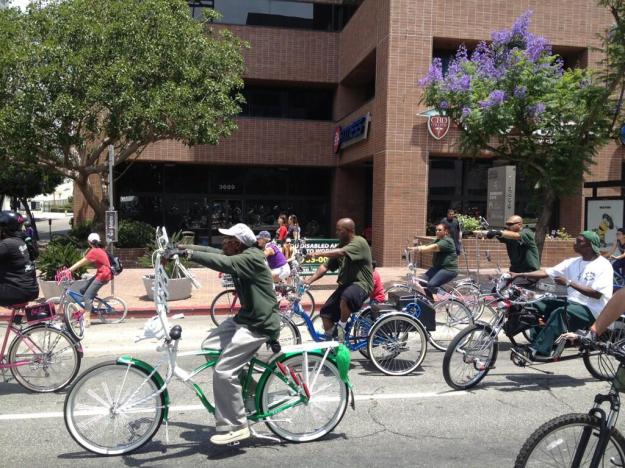A new University of Arizona report on the effect of sustainability on mortgage default rates has been making the rounds of planning websites and blogs. The study was sponsored by Fannie Mae, so naturally it is concerned with improving the ability to predict mortgage defaults. The report concludes that sustainability features “may be used to improve the prediction of mortgage default”.
To its great credit, the report does not conclude that the presence or absence of the sustainability features have causative power over default rates. This tends to get lost in translation: while the report states that “properties with certain sustainability factors are a better risk than previously thought”, The Atlantic Cities makes the more nebulous statement that “every additional minute of commute time raises the risk of default 3.7 percent”, and on Twitter this is reduced to “proximity to a freeway/commute time increases default risk”.
Not quite. There is a subtle but important difference between saying sustainability factors “may be used to improve the prediction of mortgage default” and saying that lack of sustainability factors “increases default risk”. The fact that a variable has predictive power does not mean it has causative power, because it may just be a proxy for something else. The former suggests that someone underwriting mortgages should include sustainability factors in their model – something Fannie Mae might want to do. The latter suggests that we could improve society by building more mixed-use development near transit and tearing down freeways – something The Atlantic Cities might want to do.
The question, therefore, is if sustainability factors have causative power over mortgage default rates. Since many people would consider the sustainability factors to be desirable neighborhood attributes, the obvious possibility here is that people with more choice self-select for those neighborhoods, while people with less choice are forced to accept longer commutes, less mixed-use, and more proximity to freeways. This is something that could be revealed through borrower characteristics. What does the report have to say about those?
“Relevant variables include borrower character, experience, financial strength, and credit history. Unfortunately, data on these issues were not available for this study.
It is unlikely that the omission of borrower characteristics as controls weakened the results. In linear regression, omitted orthogonal variables that are determinants of the dependent variable do not bias the parameter estimates… there is no reason to think that borrower characteristics would be correlated with the sustainability variables…”
In plain English, this means that the report did not include borrower characteristics, but that the authors do not see this an issue, because they do not expect any relationship between borrower characteristics and sustainability factors.
That assumption seems questionable to me. It is entirely plausible that disadvantaged borrowers – people in worse financial condition or with bad credit, not to mention groups that face housing discrimination – would end up in less desirable neighborhoods. In fact, there is a long history of this happening. None of this is intended to question the desirability of and the multitude of benefits that come from mixed uses and transit accessibility. But I don’t see how you can conclude from this report that building more TOD would have a meaningful impact on mortgage defaults.






